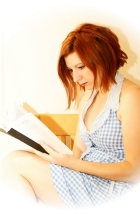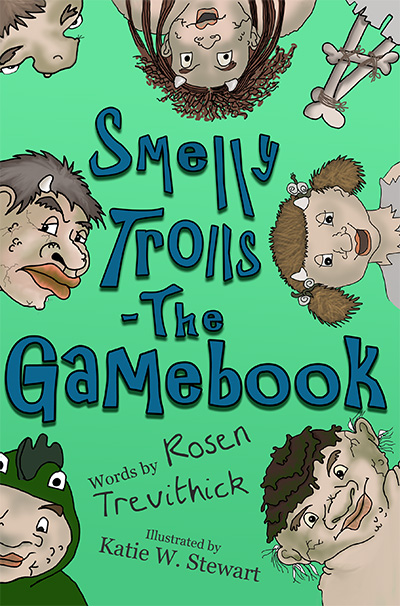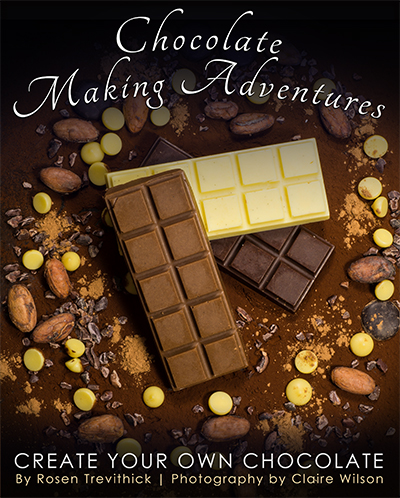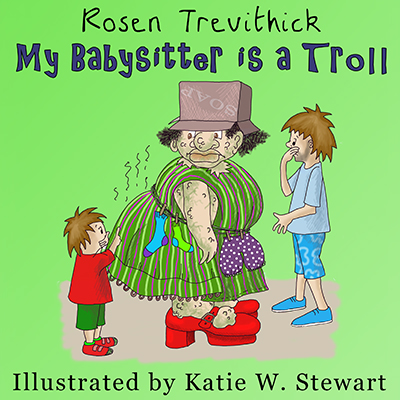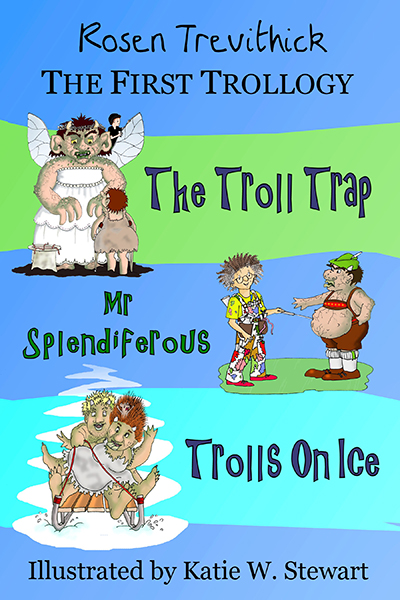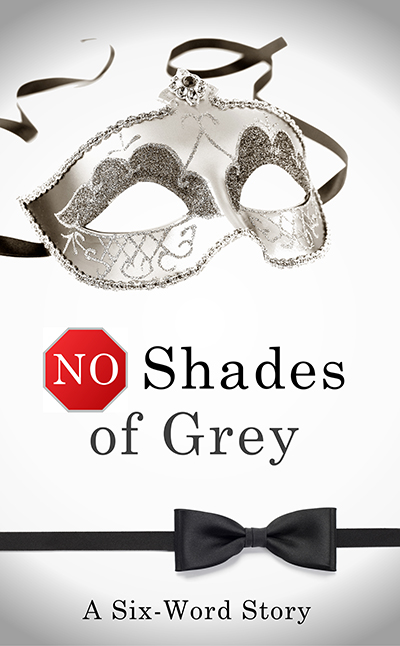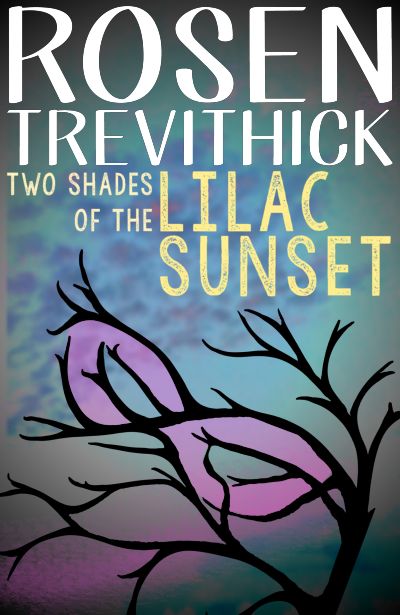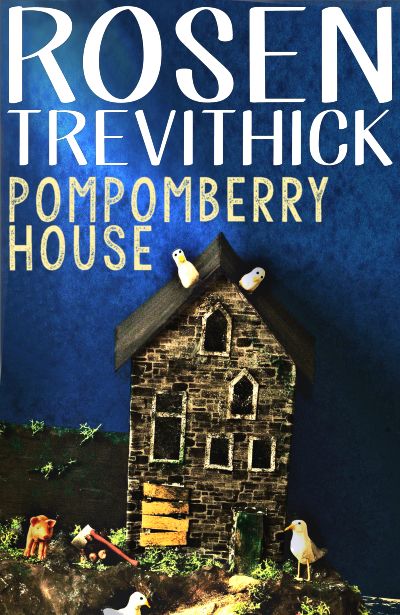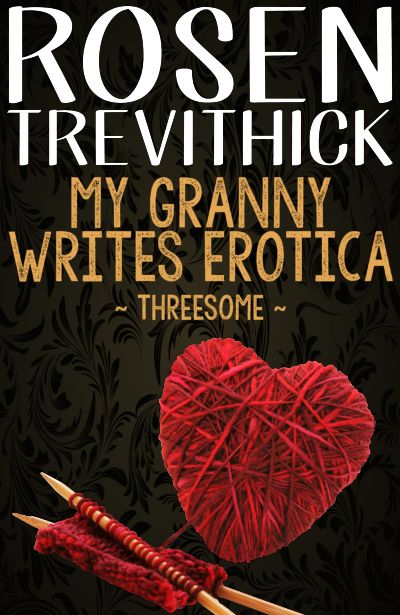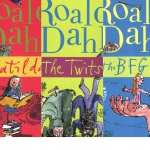
What Roald Dahl Means to Me
Today is Roald Dahl day, and I can't let the occasion go by without a mention. Dahl was my favourite author as a child and has had a profound impact on my writing. My Smelly Trolls series draws on my memories of The BFG, Charlie and the Chocolate Factory and Dirty Beasts.
I was first introduced to Roald Dahl when my mum accidentally acquired an enormous hard back copy of The BFG. She belonged to a book club that automatically sent 'Book of the Week' unless you requested something different and she forgot to tick the box. It wasn't that she didn't like the sound of The BFG with it's revolting giants and zany storylines, it was just that my brother and I were only five and six. And so she began the long and enjoyable task of reading it to us, one chapter at a time. I had no idea that this book would shape the way I thought about children's writing for the rest of my life.
As I learnt to read, I quickly accumulated titles - Matilda, The Witches, James and the Giant Peach ... We had some of the audio books on tape and listened to them over and over in the car on camping trips.
Almost three decades later, I began writing The Troll Trap. I had created a picture book for my nephews called Rottersnitches and their reaction to a particularly smelly character, inspired me to write a book focusing on stinky characters. It wasn't until the second draft that I realised just how much Roald Dahl had influenced me.
The bad giants from The BFG, like The Bloodbottler and The Fleshlumpeater, steal children from their beds at night. My bad trolls have the same nasty habit. Like Dahl's giants, my trolls talk in a awkward, grammatically poor version of English. Like Dahl, I have a good troll (a whole family of them, in fact) against which the bad ones look even more revolting.
Of course, The Troll Trap has plenty of original elements (e.g. its entire plot!) but Dahl's influence was too strong to be ignored. So I decided to reference Dahl's masterpiece in the book itself:
"Do we have to kill them?" asked Polly. "Can't we just put them in a really big pit or something?"
"They tried that in Bumpybogton," Bruno told them. "But the pit slowly filled with troll dung, which dried in the sun, and eventually they walked out."
"Ugh!" gasped Polly. "Why didn't somebody clean out the pit?"
"Would you want to clean a pit of hungry trolls that hadn't eaten human for months?"
For those of you unfamiliar with The BFG (and who don't mind reading a little spoiler), a large pit is used to contain the giants after they've been captured. I felt referencing Dahl's actual giants, as if they were part of my imaginary world, would be a bit tacky, not to mention arrogant, so instead referenced some trolls that met a similar fate. My way of saying, 'Yes, I know I've borrowed from Dahl, and I'm okay with that.'
My second troll book, Mr Splendiferous and the Troublesome Trolls, has some similarities to Charlie and the Chocolate Factory. It's set in a theme park run by a zany, slightly-insane character.
But it's not just characters and settings that Roald Dahl has brought to a new generation of children's writers, it's the inspiration to use truly snotacular language. No word is too ridiculous, no name too long. He gave us 'snozzcumber', 'Augustus Gloop' and 'squiffsquiddle'.
Even my adult books have a hint of Roald Dahl in them, with the title of London, the Doggy and Me being reminiscent of Dahl's title, The Giraffe and the Pelly and Me.
I've read authors billing themselves as 'The New Roald Dahl' and I think that's the wrong attitude. As a writer, I don't want to be 'the new' anybody. I want to be the first and only Rosen Trevithick. We all need to find our own style rather than trying to replicate those who came before us. However, I would personally find it very hard to write a children's book that I strongly believed in, without using some of the gloriumptious devices I picked up from my all time favourite children's author, Roald Dahl.
+
